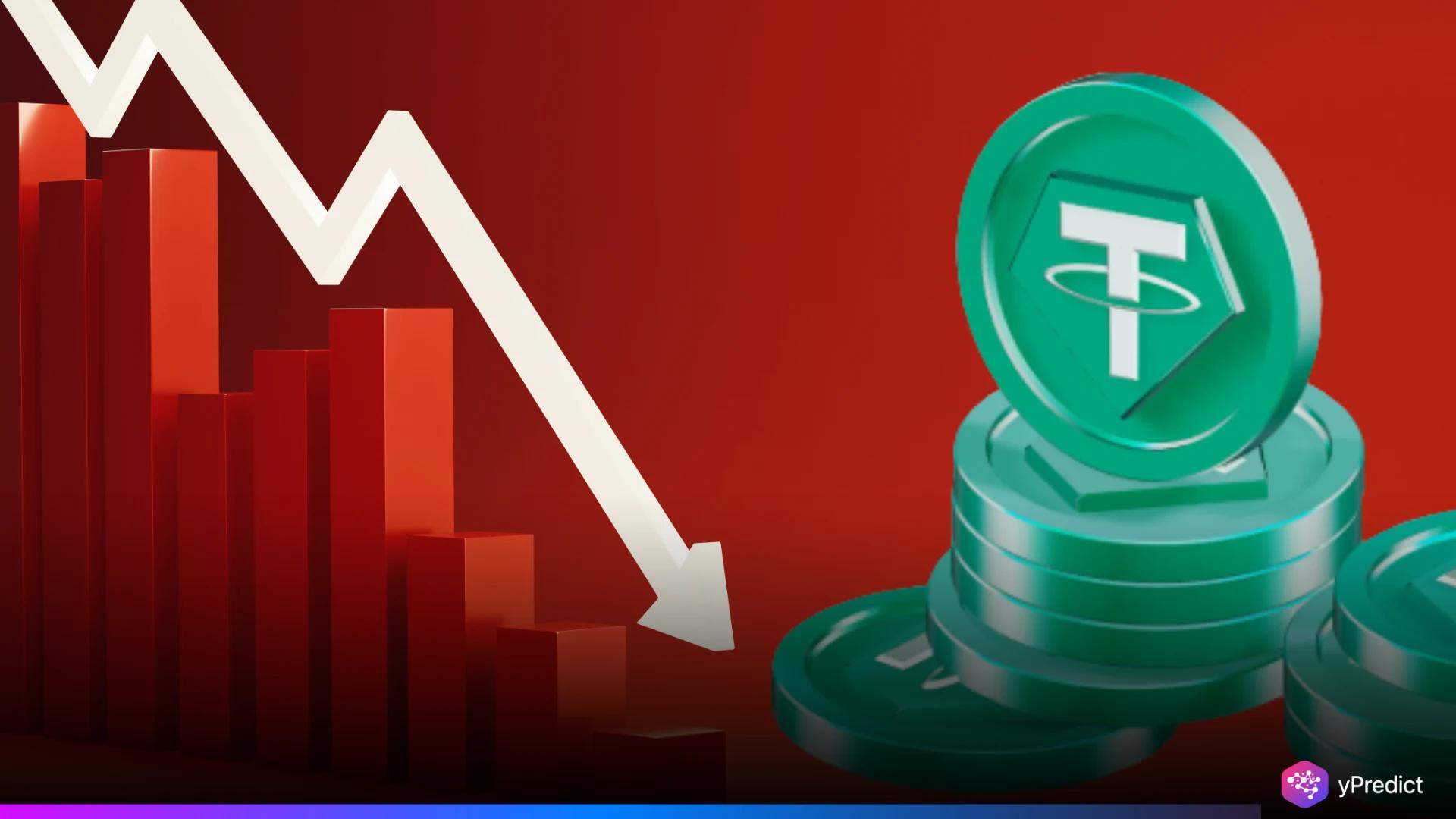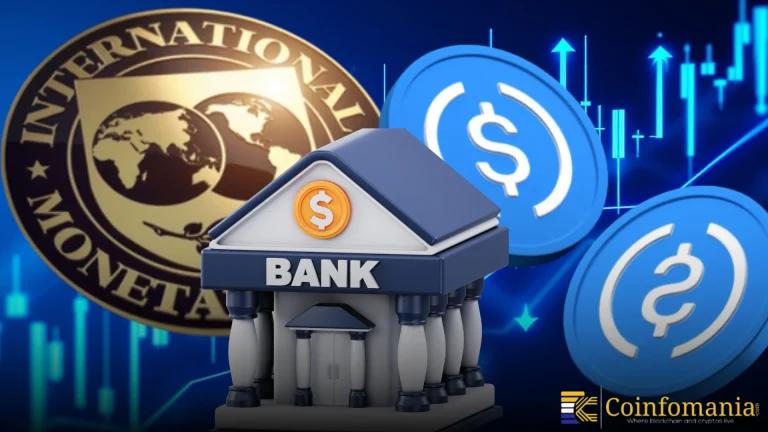Stablecoin Market Faces Competition As Tether Loses Ground
The stablecoin market is shifting as Tether’s dominance declines and USDC, new rivals, and global regulations.

Quick Take
Summary is AI generated, newsroom reviewed.
Tether’s market share dropped from 69 to 60 percent
USDC leads with transparency, meeting GENIUS Act requirements effectively
MakerDAO, Ripple, and PayPal carve niches with unique stablecoin strategies
Europe’s MiCA and US GENIUS Act reshape stablecoin compliance environment
Analysts project stablecoin market between $500B and $3.7T by 2030
Tether still sits at the center of the stablecoin market, but the edges of that dominance are fraying. At $167 billion in circulation, USDT accounts for about 60 percent of the $277 billion market, with daily trading volumes often topping $75 billion. It runs on 13 different blockchains, making it the most distributed stablecoin. But that dominance has been slipping. A year ago, Tether controlled 69 percent of the market. By mid-2025, that was down to 64 percent. The direction of travel is clear.
USDC Rises in Stablecoin Market
The most credible challenge comes from USDC. With $68 billion in circulation, Circle has built its brand on transparency, producing monthly reserve attestations since its launch in 2018. Unlike Tether’s quarterly reports, USDC discloses full backing in cash and Treasuries every month. This strategy matters more now with the U.S. GENIUS Act in place, which enforces precisely those standards. Circle looks prepared. Tether does not. That gap feeds into broader regulatory pressure on the stablecoin market, particularly in Europe, where MiCA rules already pushed Tether out while USDC stayed and expanded. The narrative of USDC transparency is increasingly shaping competitive dynamics.
Rivals Push Innovation in the Stablecoin Market
MakerDAO’s shift from DAI to USDS under Sky Protocol introduced a stablecoin with centralized features like a freeze function and a 4.5 percent savings rate. That is a clear attempt to compete directly with centralized offerings while retaining a decentralized governance layer. Ripple took a different route, launching RLUSD as an enterprise-grade stablecoin for cross-border payments. With $70 billion in payments already moving through Ripple’s rails, the ability to integrate a native stablecoin could prove powerful. Even PayPal, with its PYUSD, is leaning on its massive existing user base to quickly gain ground.
Regulatory Shifts for the Global Stablecoin
The regulatory map is redrawing the playing field for Stablecoin Market. Europe’s MiCA requires strict 1:1 reserve backing and approval before launch. Several euro-backed stablecoins now meet these criteria, while Tether chose to retreat. In the U.S., the GENIUS Act has similar implications. Tether’s leadership has floated the idea of a U.S.-compliant token, but for now, it operates outside the new framework. That leaves the company exposed at a time when regulators are clearly setting the terms of engagement.
Adoption Shows Uneven but Growing Stablecoin Use
Singapore, Hong Kong, and Japan have set up clear stablecoin rules. China, meanwhile, is considering a yuan-pegged coin as part of its drive to take the renminbi global. In places like Nigeria, adoption is already high. Nearly 12% of people use stablecoins. For many, it’s less about trading and more about escaping inflation or dealing with a lack of foreign currency.
These examples show the market has shifted. Stablecoins aren’t just speculative tokens anymore. They’re becoming tools for financial access and resilience, especially where traditional banks fall short. Analysts can’t agree on where things go from here. JPMorgan plays it safe, projecting the market at $500 billion by 2028. Citigroup sees a much bigger future, with a best-case scenario of $3.7 trillion by 2030.
One thing that can be concluded is that Tether’s grip is loosening. Regulators are watching closely, USDC’s transparency gives it an edge, and new players are lining up with models built for compliance. The core appeal of stablecoins isn’t going away. But the real winners will be those who can scale while earning trust and keeping regulators onside.
Follow us on Google News
Get the latest crypto insights and updates.


